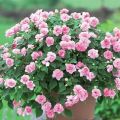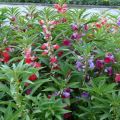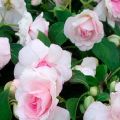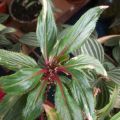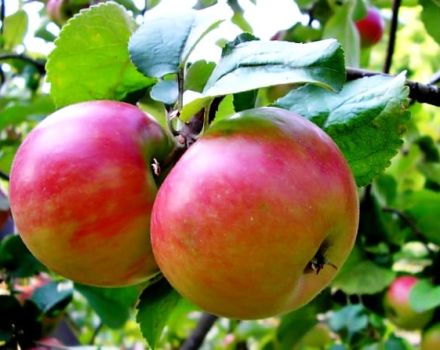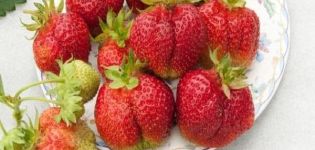Why does the Vanka flower wet turn yellow and fall off the leaves and what to do about it
Vanka is wet, he is balsam, light and touchy, - a very delicate and fragile indoor flower. All his titles fully describe his character. He does not like when his leaves are touched, but he loves water very much. If you do not maintain its moisture, it will quickly wither, but it does not tolerate dampness either. Novice flower growers ask themselves the question: why does a wet Vanka flower often turn yellow and fall off the leaves? Taking into account the peculiarities of the flower, it is necessary to choose the right care for it.
Features of the foliage of indoor balsam
Balsam leaves are pale green in color, lanceolate, with jagged edges. With good care, they reach a length of up to 12 centimeters. The leaves contain a large supply of nutrients, which is why they are so fleshy. They are also very sensitive. It is by them that almost all plant diseases can be determined.
Vanka wet has a peculiarity - before the rain, drops of juice form on his leaves and branches, evaporating, they crystallize. Because of this, he is called the home rain predictor.
Interesting! Balsam leaves contain trace elements, and they are added to salads and used in homeopathy.
The main reasons and methods of solution
The causes of yellowing and falling leaves can be:
- direct sunlight on foliage;
- tobacco smoke;
- insufficient lighting;
- lack of moisture;
- low room temperature;
- dry air;
- pests.
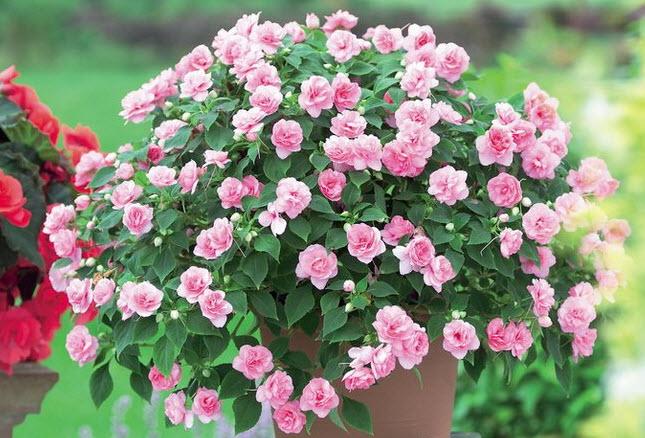
All these reasons are the result of improper plant care. Once a supportive environment and proper care are in place, the problem will disappear.
Humidity
Balsam does not need high humidity. It should be within 60%. It's another matter if the room is hot and dry, and the flower drops its leaves. The reason may be a heater located nearby, or a battery above which, on the windowsill, there is a plant.
To create the right moisture, the plant should be sprayed, avoiding the inflorescences. Ideally, if the room has a humidifier.
Watering
The soil in the balsam pot should always be moist. In summer, the plant is watered more often than in winter. What if there is a white coating on the top layer of the earth? This indicates alkalization of the soil due to too hard water for irrigation.
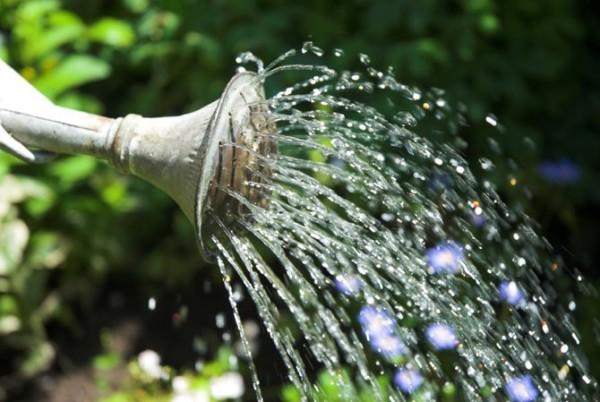
- To begin with, remove the top layer of earth and add a new one.
- To avoid a repeated situation, water must be used soft, without unnecessary impurities: settled or filtered.
When the leaves are dusty, they are carefully watered from a shower hose, with a slight pressure.The dust removes the light and the plant cannot produce chlorophyll.
Transfer
It is impossible to immediately plant a flower in a large pot, as it will not develop and bloom correctly. You can prepare the earth for balsam yourself. Required:
- fine sand;
- peat;
- compost;
- leafy ground.
Take everything in equal proportions. At the bottom of the pot, put expanded clay pebbles for drainage. The flower must be watered and carefully removed from the pot by transferring it. Then place in a new pot, compact a little, sprinkle with soil and moisten.
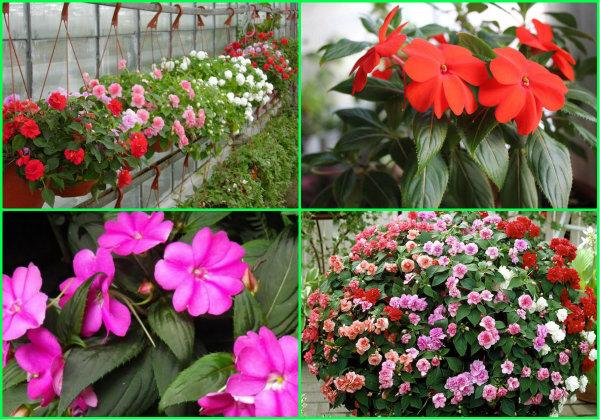
Sunburn
The leaves of the plant lose moisture and dry out due to direct sunlight. There is a violation of the natural metabolic processes in the plant. With a sunburn, spots appear on the leaves with a dried out middle, then the leaves fall off.
If you remove the flower from the window in time and strengthen its care, it can be saved.
Pests
Pests do not bypass balsam, most often they attack:
- whitefly;
- aphid;
- thrips;
- spider mite.
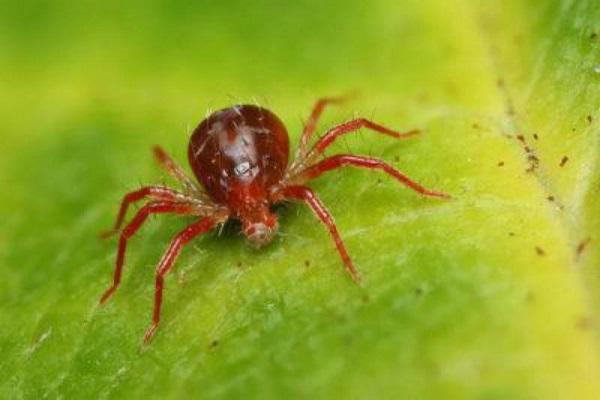
From whitefly, spider mites and aphids, the plant is washed and sprayed with Aktellik and Aktara. For thrips, they are treated with Fitoverm and Vertimek.
Diseases
Balsam can become infected with an infection due to pests, and the fungus can be in poor-quality soil.
| Diseases | Control measures |
| Brown rot. The stem at the very base darkens and dries up. | They are treated with Fitosporin. |
| Downy mildew. White spots appear on top of the sheet, and off-white bloom appears on the bottom. | Sick shoots are cut off and sprayed with Allett. |
| Bacteriosis It appears as black spots on the leaves. | Infected trunks are trimmed and sprayed with fungicides. |
| Cucumber mosaic. Leaves become lethargic, with yellow spots and holes. | It is not subject to treatment. The plant must be destroyed. |
Infection can occur not only when balsam is kept outdoors, but also in an apartment.

Tobacco smoke
The smoke from cigarettes is fatal for Vanka wet. He shows special sensitivity to him, therefore, you do not need to smoke near him.
Prevention
To avoid balsam diseases, proper care must be provided. Adhere to the rules of watering and temperature conditions. Feed and process the leaves with soapy water, followed by rinsing the plant in the shower.
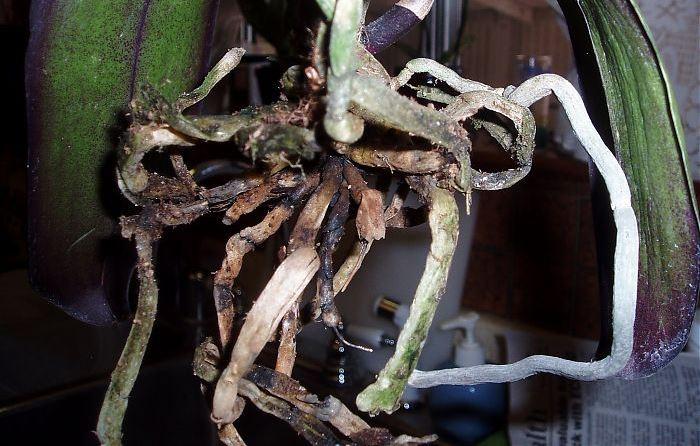
Temperature regime
Balsam loves warmth and painfully tolerates cold. In summer, it tolerates temperatures from 20 ° C to 28 ° C well. In winter, the room where she is on vacation should not be lower than 16 °.
Illumination level
Vanka is wet photophilous. In the summer, you need to protect it from the sun by moving the pot to partial shade.
With a lack of sunlight, you can observe:
- strong elongation of the trunk and side shoots;
- a small number of buds;
- slow growth of leaves and their pallor.
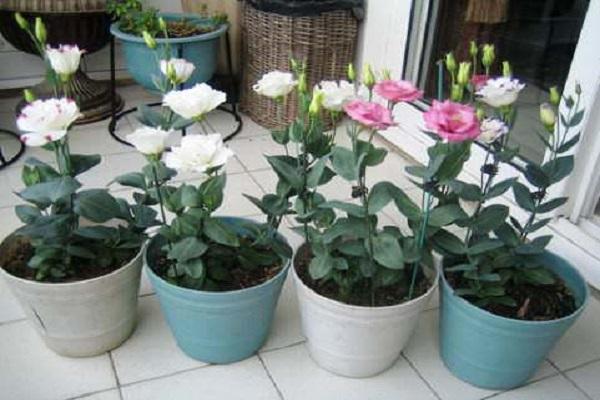
He does not like crowdedness on the windowsill and neighborhood with other flowers.
Top dressing
Top dressing is applied in spring and summer, once every 14 days. Complex mineral fertilizers are suitable. Organic fertilizers are not applied, because of them, Vanka's foliage grows strongly. After transplanting, the plant is fed only after three weeks.
They are fed after watering when the ground is wet.
Watering rules
There are several rules for watering a plant:

- Water often, but in small portions. Excess water that flows into the pan must be drained so that it does not stagnate and the roots do not rot.
- There should be drainage at the bottom of the pallet.
- Water with a small stream around the edges of the pot so as not to flood the root collar.
- After watering, the soil needs to be loosened a little.
These simple rules will help not to flood the plant and not bring the roots to decay.
Transplant timing
A young flower needs replanting every year. As the roots grow, it needs a larger pot.Balsam likes to have its roots loose in the pot. This procedure is carried out in summer and spring.
Vanka wet is an unpretentious and very beautiful perennial. Its luxurious inflorescences will not leave indifferent any grower. And if you take it out on a terrace or balcony, then you can observe rapid flowering all summer.



